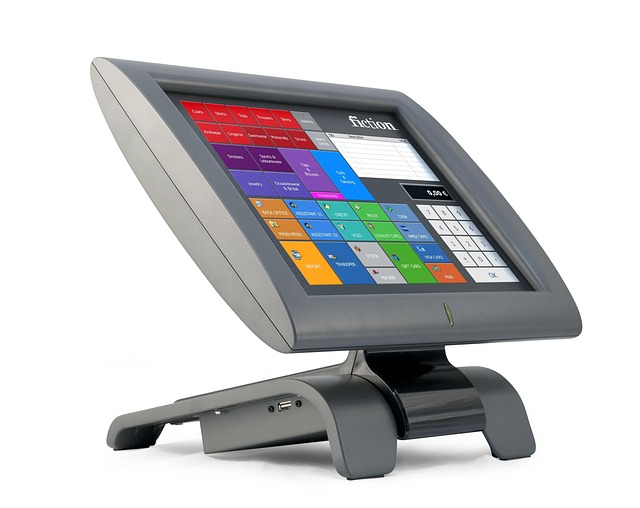In contemporary business environments, the drive toward efficiency and innovation has led to a surge in the integration of robotics and artificial intelligence into everyday operations. Among the emerging technologies that bridge human intent and machine execution, voice‑controlled programs stand out as a transformative force. By allowing employees and customers to issue commands through natural speech, these systems reduce friction, accelerate task completion, and create a more inclusive workplace.
From Command Line to Conversational Interfaces
The evolution of user interfaces has moved from command‑line tools to graphical dashboards, and now to conversational agents. Voice‑controlled programs represent the latest frontier, marrying speech recognition with intent‑driven automation. Unlike simple voice commands that trigger isolated actions, voice‑controlled programs can orchestrate multi‑step workflows, manage context, and learn from user interactions. This sophistication turns a simple utterance into a powerful catalyst for business processes.
- Natural language understanding allows employees to describe complex requirements without needing to learn specialized syntax.
- Context preservation means the system remembers prior interactions, enabling seamless continuation of tasks.
- Continuous learning from feedback refines accuracy and expands the scope of executable commands.
Key Enabling Technologies
Several technical components converge to make voice‑controlled programs viable at scale. First, advanced deep learning models for speech-to-text conversion produce near‑real‑time transcriptions with high accuracy, even in noisy environments. Second, natural language processing frameworks parse transcriptions into actionable intents and entities. Finally, robust orchestration engines map these intents to concrete robotic or software actions, often leveraging cloud services for scalability.
“Voice is the most natural form of human‑computer interaction, and when combined with intelligent automation, it unlocks unprecedented operational flexibility.” – Industry Analyst
Impact on Robotics Integration
Robots in warehouses, manufacturing lines, and service settings traditionally rely on preprogrammed sequences or remote control. Voice‑controlled programs empower operators to give high‑level directives that the robot interprets and executes. For instance, a warehouse supervisor can say, “Retrieve the next batch of items for order #456,” and the robotic picker will identify the location, navigate safely, and report completion—all without manual input.
Beyond operational speed, this interaction model enhances safety. Workers can keep their hands free and maintain situational awareness, reducing the risk of accidents. Moreover, voice commands are particularly valuable in environments where hands‑on control is impractical, such as in hazardous material handling or during maintenance of high‑temperature equipment.
Benefits for Human–Robot Collaboration
When robots and humans collaborate through spoken dialogue, several outcomes emerge:
- Reduced Cognitive Load: Employees no longer need to juggle multiple screens; voice commands provide a single, intuitive channel.
- Adaptive Task Allocation: Voice‑controlled programs can dynamically assign tasks to robots based on real‑time conditions, balancing workloads.
- Enhanced Accessibility: Workers with visual impairments or limited mobility can participate fully in operations.
These advantages translate into measurable gains: faster cycle times, fewer errors, and higher employee satisfaction.
Artificial Intelligence as the Backbone
Voice‑controlled programs are not standalone; they rely on a broader AI ecosystem that includes predictive analytics, computer vision, and autonomous decision‑making. For example, a smart factory might use AI to predict equipment failures and then issue a voice command to a maintenance robot: “Schedule a diagnostic run on conveyor belt #3.” The robot interprets the instruction, executes the diagnostic, and feeds results back into the AI model, closing the loop.
Such integration demonstrates the synergy between voice interfaces and machine learning. Voice‑controlled programs serve as the human‑facing layer, while the underlying AI handles data ingestion, pattern recognition, and optimization.
Data Governance and Ethical Considerations
Deploying voice‑controlled programs raises important governance questions. First, data privacy is paramount; recorded conversations must be stored securely and anonymized where possible. Second, algorithmic bias can creep into speech recognition systems that perform unevenly across accents or languages. Third, transparency about how voice commands influence automated decisions is essential to maintain trust.
Organizations adopting these technologies should implement clear policies for data retention, consent management, and bias mitigation. Regular audits and stakeholder engagement can help align the system with ethical standards and regulatory requirements.
Case Study: Voice‑Controlled Automation in Retail
A mid‑size retail chain integrated voice‑controlled programs into its inventory management. Store managers can ask the system, “What are the current stock levels for product line A?” The voice interface queries the central database, pulls real‑time data, and speaks the answer back. When inventory drops below a threshold, the system automatically triggers a reorder and informs the procurement officer via a spoken notification: “Stock for item X is below safety level; initiating reorder.”
As a result, the retailer reduced stock‑out incidents by 27%, lowered manual data entry time by 40%, and improved customer satisfaction scores.
Future Directions
Looking ahead, voice‑controlled programs are poised to become even more integrated with other emerging technologies:
- Edge Computing: Running speech and intent models locally on devices reduces latency and improves resilience.
- Multimodal Interaction: Combining voice with gesture or visual cues creates richer, context‑aware interfaces.
- Personalization: Adaptive models learn individual speech patterns, enabling truly tailored experiences.
- Industry‑Specific Lexicons: Domain‑adapted vocabularies enhance accuracy for niche sectors like pharmaceuticals or aviation.
Each of these advancements promises to deepen the impact of voice‑controlled programs, extending their reach into new sectors and roles.
Conclusion
Voice‑controlled programs are redefining how businesses interact with robotics and artificial intelligence. By offering a natural, efficient, and accessible command channel, they lower barriers to automation, streamline operations, and foster a more inclusive workforce. As the technology matures, its combination with AI, edge computing, and multimodal interfaces will unlock further efficiencies and transform organizational workflows across industries. Companies that embrace voice‑controlled programs early will not only enhance productivity but also position themselves at the forefront of the next industrial revolution.



